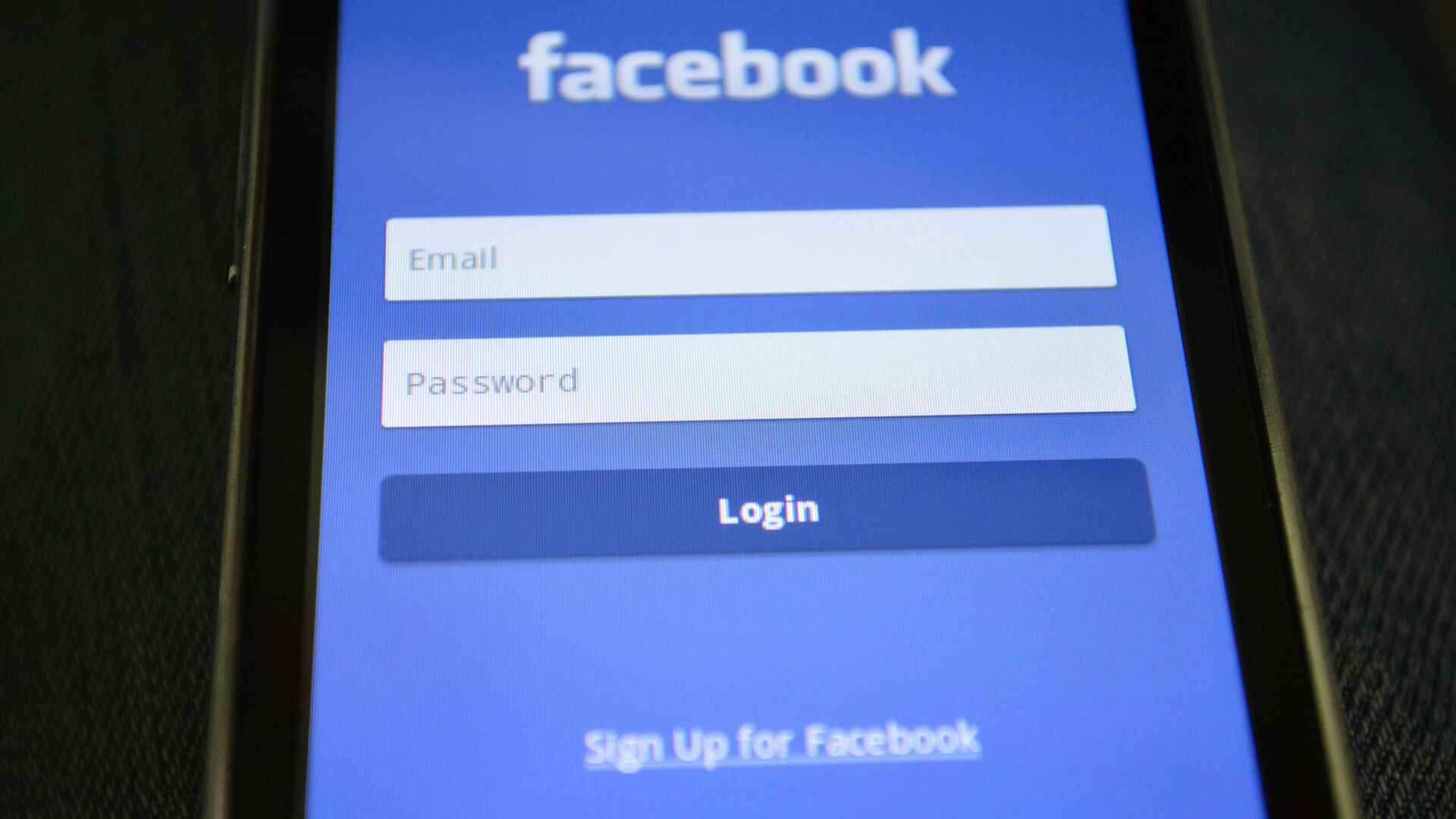The first time I made a Facebook ad, I thought I nailed it. I picked a cool image, added some catchy words, and boosted the post. But nothing happened. No clicks. No sales. Just money gone.
That’s when I realized it’s not about luck or one smart trick. Making good Facebook ads takes a method. You don’t need to be a designer or marketer. You just need to know how each piece works and how to make those pieces talk to each other.
Set One Clear Goal Before You Touch the Dashboard
Before you even log in to Ads Manager, you need to answer one simple question: What do I want this ad to do? That might sound obvious, but skipping this step leads to wasted budget.
Facebook gives you goals like traffic, sales, leads, or engagement. Pick one and stick to it. Every setting you choose after this depends on that first decision.
If you don’t have a Business Manager or your account is new, some marketers use a facebook agency account for rent to avoid restrictions and launch faster. These rented accounts often come with better delivery rates, helping you run tests without getting blocked too soon.
Why Your Objective Matters
If you ask Facebook to drive sales, it will target people more likely to buy. But if you select traffic, it may show your ad to people who click a lot but never purchase.
That’s why I never mix goals. If I want leads, I try to maintain a good marketing strategy and use the lead generation setting. If I want page visits, I choose traffic. Keep it focused.
Budget Should Match Your Stage
For first-time tests, I usually start low, around $10 per day. That gives me room to test without bleeding money. If something works, I scale it up.
I never launch a full campaign blindly. Facebook learns from your early data, so slow testing often leads to smarter results later.
Structure the Campaign the Right Way
A Facebook ad has three parts: campaign, ad set, and ad. Each layer does something different. If you build them right, everything else runs smoother.
Campaign Level Is Where You Choose the Objective
This is the top level. Here you choose what your ad is supposed to do generate leads, increase sales, get more visits, or raise awareness.
I name each campaign based on the goal and date. That helps me stay organized. If I have ten campaigns running, I don’t want to guess what each one is doing.
The Ad Set Targets the Audience and Controls Spend
Ad sets are where things get more interesting. You decide who sees the ad, how much you’ll spend, and where it shows up like Instagram, Facebook feed, or Stories.
I test two or three audiences per campaign. One might be based on interests, another on age and location, and the third on page engagement. I compare and keep the winner.
The Ad Itself Is What Viewers See
This is where you add the image or video, headline, main text, and the call-to-action. Your ad won’t get far if the creative doesn’t match the offer.
Every time I write a copy, I imagine one person reading it, not a crowd. That helps me stay real and direct instead of sounding like a billboard.
Writing Ads That Sound Like You
Most people try too hard when writing ads. They use corporate language or go over the top with hype. I do the opposite. I write like I talk. I keep it honest, short, and punchy.
If it sounds like something I’d say in a text or voice message, it’s probably good ad copy.
Headlines Need to Be Straightforward
Forget clever. Go clear. I’ve tested dozens of headlines, and the ones that explain exactly what the ad is about always win.
If you’re offering a discount, say it. If it’s a guide, say what it helps with. You have seconds to grab attention. Don’t waste them on fluff.
Images Must Catch the Eye Quickly
Facebook is visual. If the image doesn’t make people stop scrolling, the rest doesn’t matter. I use photos with movement, bright colors, or close-up faces when I can.
Stock images work if they feel real. But avoid anything that looks too staged or busy. The cleaner the shot, the better it performs.
CTAs Need to Match the Goal
Your call-to-action should guide the next step. If it’s about booking, use “Schedule Now.” For free resources, go with “Get the Guide.” I stay away from vague CTAs like “Click Here” or “Check This Out.”
You want people to know exactly what happens next. The more direct, the better.
Audience Targeting Makes or Breaks Results
I’ve seen great ads fail because they were shown to the wrong people. Targeting is the engine behind every Facebook ad. If you pick the wrong group, the ad won’t work no matter how good it looks.
Broad Targeting vs. Narrow
Sometimes I go wide just by age, country, and gender. Facebook’s algorithm figures the rest out. But if I need more control, I add interests like software tools, business owners, or online learning.
The trick is to balance reach and accuracy. Too broad, and it’s wasted. Too narrow, and it’s limited. I test both.
Retargeting Can Multiply Results
If someone visited my site but didn’t buy, I can retarget them with a follow-up ad. These usually perform better because they already know my brand.
Setting up a retargeting audience is simple once your pixel is installed. And it works great for converting warm leads into customers.
Custom Audiences Give You a Head Start
Uploading a customer list or using people who follow your page helps focus your spend. I often start with page engagers or previous visitors because they’re cheaper to convert than cold traffic.
Launch and Then Monitor Closely
Hitting publish isn’t the end. The real work starts after. Facebook begins testing your ad, learning who responds best. That learning phase is key to long-term results.
First Three Days Matter Most
The algorithm watches how people react during the first 72 hours. If your ad gets clicks and engagement, Facebook shows it to more people. If not, delivery slows.
I check daily for click-through rate, cost per result, and impressions. If things look off, I adjust early.
Pause What Fails, Scale What Works
I duplicate top-performing ads and try them with different audiences. I also pause any ad that burns budget without results.
One Redditor said they saved hundreds just by cutting poor ads after three days. It’s a small habit that makes a huge difference over time.
Fresh Creative Keeps Costs Down
Ad fatigue is real. When people see the same ad too often, results fall and costs rise. I refresh creatives every week or two, even if it’s just a new image or headline.
That keeps the ad feeling new and keeps performance steady.
Reddit Tips That Actually Work
A Reddit user said they ran a campaign for three weeks with poor sales. When they rewrote the offer to focus on one pain point, sales shot up. Sometimes it’s not the ad it’s the pitch.
Another one shared how changing placements from automatic to Facebook feed only improved their engagement rate. Simple tweaks often give the biggest wins.
FAQ
Do I need a Facebook Page to make ads?
Yes, every ad runs through a Page. It’s required even if you don’t post on it regularly.
How long should I run a new ad?
Three to five days is enough to collect good data. Adjust based on performance.
What’s a good click-through rate?
Above 1% is a good sign. But lower CTR doesn’t always mean failure; it depends on your goal.
Can I use Instagram with my Facebook ad?
Yes. You can choose to show the same ad on Instagram during setup.
Why are my ads not delivering?
It could be budget limits, narrow targeting, or Facebook still learning your audience. Check your metrics daily.
Final Thoughts
Making Facebook ads that work isn’t about guessing. It’s about setting a goal, choosing the right audience, writing like a human, and watching results closely.
Don’t try to build the perfect ad on your first try. Make a simple one. Test it. Learn from it. Then build the next one better. That’s how real progress happens step by step.





Be First to Comment